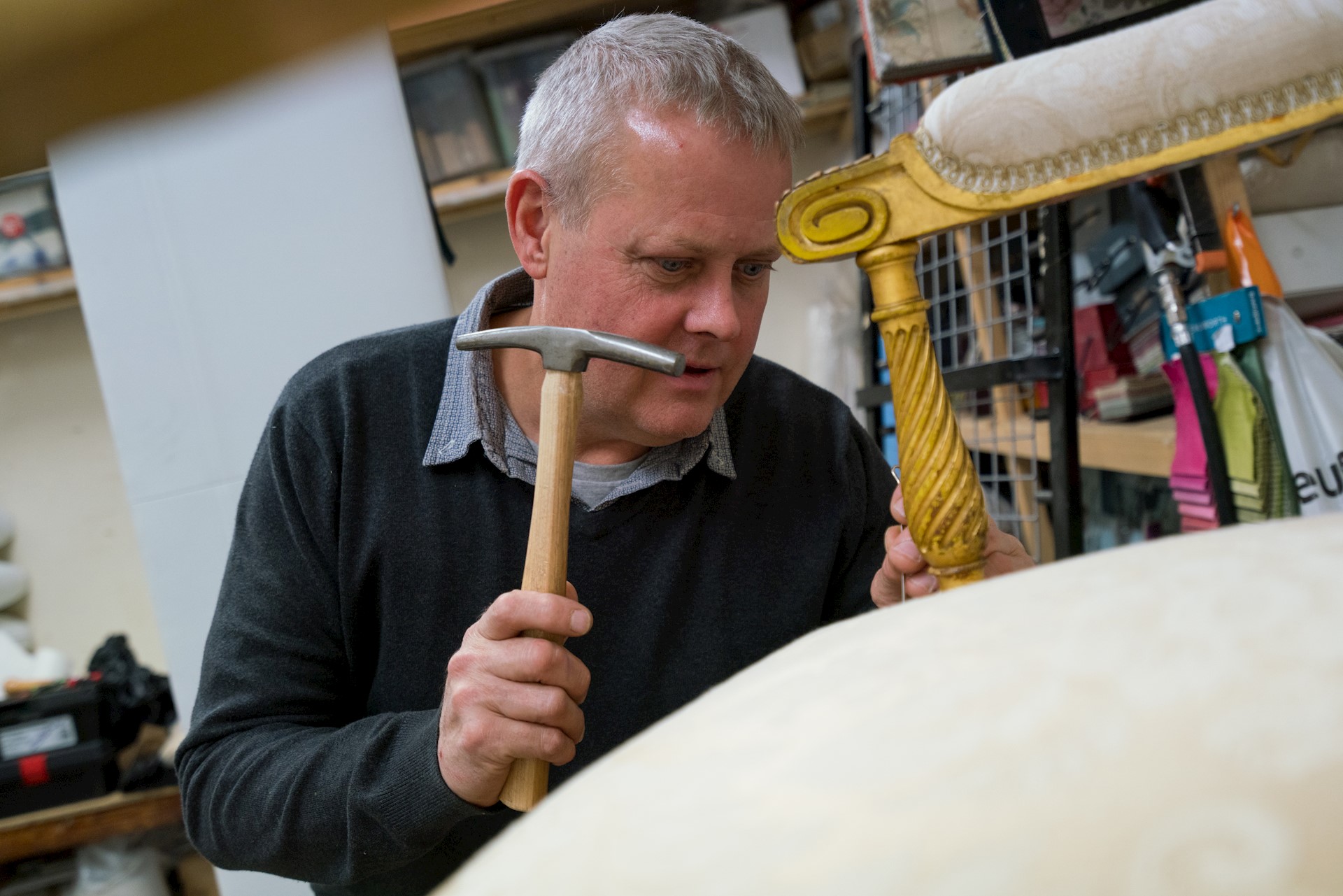The DIY guide to SME video marketing: Part 3 - Pre-production
10 min readPre-production

In the first part of this guide, we went through the process of deciding what type of video will best suit your business when producing your own marketing videos, as an alternative to hiring expensive production companies.
Part 2 covered the basic equipment you’ll need to get started.
Here, we will look at the pre-production stage: planning and preparing every aspect of your idea to avoid any mistakes and to make sure you get the final product you’re looking for.
Project brief / treatment
Write out the aims of the video, your audience, a description of what happens in the video, the video length, the equipment needed (see part 2) and the different types of shots you’ll need e.g. exterior shots of building on a sunny day, shots of the product, interview with the client.
You’ll probably find that ideas seem clearer after summarising them, so re-write this document and see if you can develop the idea further before starting production.
A tip: you need to make the first eight seconds of your video as interesting or memorable as possible to draw your audience in. After that eight second mark there’s a good chance that your audience has stopped watching, so give them a reason to keep engaged or at least make sure all the information you want them to hear is available in the opening.
Storyboarding
This is usually used for videos with a fictional narrative, but if you are looking to create a completely scripted advert then this is a must.
Storyboards consist of a series of drawings (don’t worry, they don’t need to be beautiful) of what each shot in your video should look like with a brief description of what is happening in the shot written underneath each image.
Anything can happen on set, and when you get to shooting day you’ll often find that some shots won’t be possible, but this is a great method to get your ideas down on paper and to start thinking about the logistics behind telling your story.
Scheduling
Book venues needed for shooting, plan outdoor shots around the weather (not so easy in Britain), set aside time for rehearsing and testing equipment.
It’s also important to know that any video production is HIGHLY likely to go over schedule, so leave more than enough time for your shooting to avoid rushing shots and lowering the quality of your video.
Remember to consider audio when scheduling interviews or shots that require quality sound recording. A humming air conditioner or heating unit that cannot be turned off during filming will not be able to be removed in post-production and will lower the quality of your final product.
Working with talent
When filming interviews, you’ll need to make sure that the content given is short, snappy and to-the-point. Small chunks of video lasting 10 – 60 seconds will help you when editing your content together.
Pre-writing the ideas you want an interviewee to cover or talking it through with them before you come to filming will be a big help, but try not to thoroughly script your video’s dialogue if you don’t need to. This will come across as unnatural and forced, especially in home-made video productions, as your interviewee tries to remember lines rather than talking passionately about the subject
Testing equipment
You’ll need to know how all of your equipment works and if anything is broken. If your video includes specific shot types or interviews, then you may consider mock run-throughs by setting up the lights and camera prior to the day of shooting. This will help you to make sure nothing surprises you on the day and that you know exactly how everything needs to be set up.
Using the above steps prior to your day of shooting will make sure you are as prepared as you can be for the day of shooting, which we cover in the next part of this guide.
Never miss a special offer again, sign-up to the Wenta mailing list to receive exclusive deals and promotions.
Got a business question?
We're here to help. Get in touch.
Book your free appointment below:
